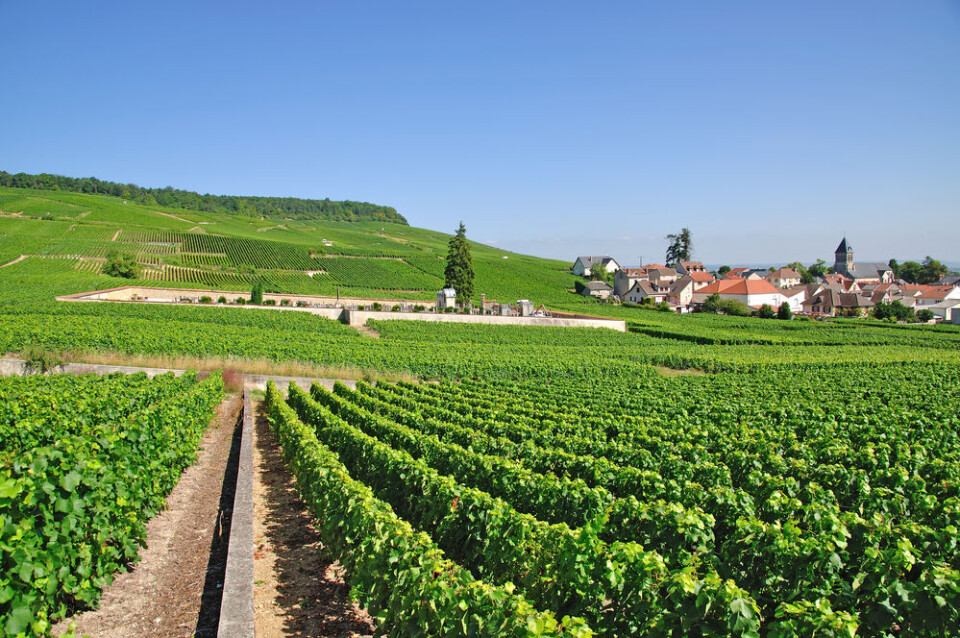-
White storks make strong return in France via nest ‘platforms’ and clipped wings
The Ligue pour la Protection des Oiseaux shares the conservation challenges in saving these birds from extinction
-
Hosting scheme in south-west France lets newcomers sample lifestyle
Households in nine Dordogne communes volunteer under Mes Nouveaux Voisins scheme
-
French boulangeries demand right for staff to work on May 1 so they can open
Artisan bakery owners can work but employees cannot, while certain industrial bakeries are allowed to remain open with workers
France is once again the world’s largest producer of wine
Worldwide production has declined due to bad weather - but this might be good news for producers

France is once again the world’s largest producer of wine following a year of bad weather that has seen worldwide production decline. However, this decline may actually help French vineyards survive in a glutted market.
Global wine production is at its lowest level for 62 years, with significant declines in Spain and Italy according to the annual report of the International Organisation of Vine and Wine (OIV) released on November 7.
While global production fell by 7% in 2023, the OIV report says that French production enjoyed a relatively good year.
The Cognac, Corsica and Champagne regions produced particularly high volumes, which helped boost French production by 3%, despite poor years in Bordeaux and the South-West, which suffered from outbreaks of downy mildew, and in Languedoc-Roussillon, which was hit by drought and heatwaves.
“[In France] this year’s harvest can be considered relatively good, even though some regions recorded negative variations with respect to 2022,” said the OIV report.
However, the hot, dry summer led to an early harvest in Spain and Italy, which along with the long-term issue of mildew, led to decreases of 19% and 13%.
What are the world’s largest wine producing countries in 2023?
The OIV report estimates that the top five producers in terms of million hectolitres of wine are:
Australia was the world’s fifth largest producer in 2022, but has suffered from persistent rainfall, unusually cold temperatures and floods this year due to La Niña, the cold weather phenomenon in the Pacific Ocean and counterpart to the hotter El Niño.
‘Lower production could help producers’
Perversely, wine production is harmed more by overproduction than by a poor year. In fact, a bad year may help producers.
“Due to the decreasing worldwide consumption, and with reserves remaining high around the world, this low year’s low production could help to rebalance the global market,” says the report.
For years, vineyards in France have struggled due to the lower demand and increased supply, which has led to decreased revenues and more competition.
Indeed, rather than fight for diminishing returns, the vineyards in the Bordelais region formed a collective called Collectif VITI 33, demanding a decrease in production to protect their livelihoods.
The hope is that less intensive production could lead to better paid producers and stop the spread of diseases that threaten their vines.
Their successful petition to the Gironde Chamber of agriculture and commerce led to the state offering them €6,000 for each hectare of vines that they destroy, up to a total of 9,500 hectares.
The total cost of the project is €59m, shared between the state, the Nouvelle-Aquitaine region and the Bordeaux wine Bureau CIVB.
This deliberate reduction in wine producing land received approval from the European Commission on November 4. The project is due to begin in November.
Read more
French winemakers harvest grapes by night to escape heatwave
Grape picking begins in Champagne amid growing shortage of workers
Geographical protection approved for France’s ‘wine from the midi’
























